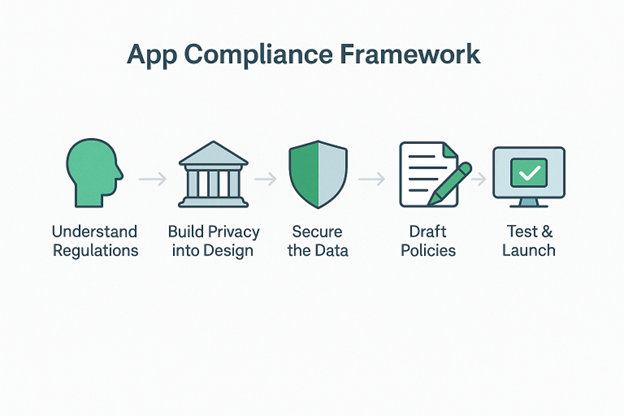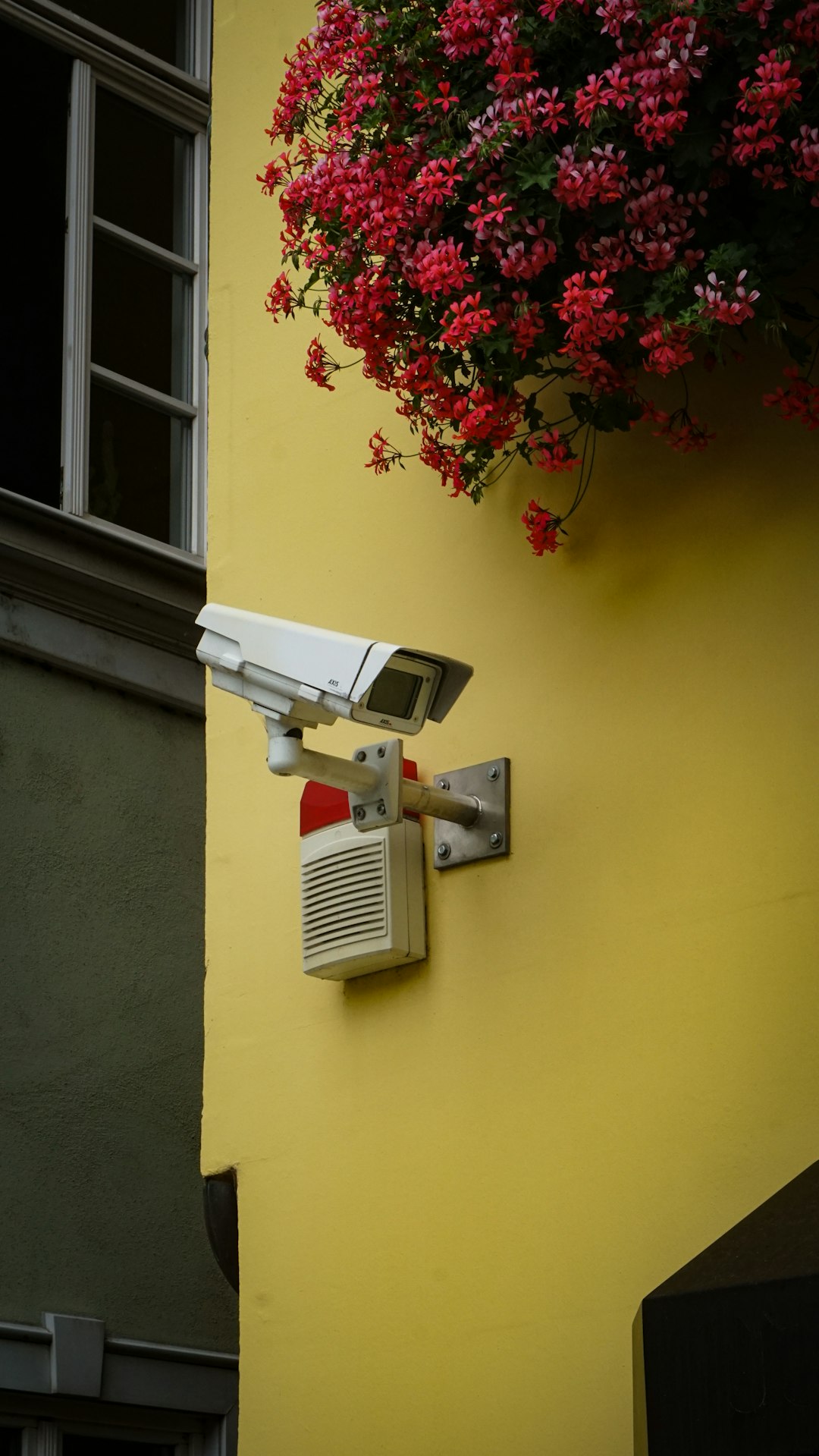In the age of increasing data breaches and cyber threats, many businesses are reevaluating the way they handle surveillance and security systems. While Wi-Fi-enabled security cameras offer remote access and easy installation, they also pose potential vulnerabilities, particularly for companies concerned with strict compliance policies and data retention laws. Non-Wi-Fi security cameras, offering direct-wired or closed-loop recording systems, are becoming the solution of choice for businesses prioritizing robust security infrastructure and legal compliance.
The Role of Non-Wi-Fi Security Cameras in Business Security
Non-Wi-Fi security cameras, also known as wired or offline cameras, do not rely on a wireless internet connection for operation. Instead, they connect directly to a recording device such as a DVR (Digital Video Recorder) or NVR (Network Video Recorder) using coaxial or Ethernet cables. This creates a closed-circuit system that is much harder to hack remotely and significantly enhances physical security.
For businesses, especially in industries such as healthcare, banking, and government contracts, these systems are highly advantageous in meeting compliance requirements for data access and storage. The absence of internet connectivity can reduce the risk of external cyberattacks and provide controlled access to recorded footage.

Compliance Requirements in Business Surveillance
Several sectors are required by law to implement stringent surveillance policies. Depending on the region and industry, businesses may need to comply with regulations such as:
- HIPAA (Health Insurance Portability and Accountability Act) – For healthcare entities, ensuring the security of areas with patient data or records.
- PCI-DSS (Payment Card Industry Data Security Standard) – Retail and financial institutions must protect customer transaction data, including digital surveillance footage of POS systems.
- Sarbanes-Oxley Act – Publicly traded companies are required to maintain records, including surveillance footage, to prevent corporate fraud.
- GDPR (General Data Protection Regulation) – European-based companies or those doing business in the EU must control and securely store identifiable data, including video.
Non-Wi-Fi systems inherently support compliance by limiting access points and offering better audit trails through centralized local recording. Fewer internet-facing elements mean reduced vulnerabilities and an easier path to certification and regulatory approvals.
Advantages of Non-Wi-Fi Security Cameras
There’s a growing preference for offline surveillance solutions among businesses, especially those with internal data security protocols. Here are some standout advantages:
- Enhanced Security: No internet connection equals no risk of remote hacking or unauthorized remote access.
- Stable Connectivity: Wired connections eliminate interference, minimizing downtime and recording gaps due to connectivity issues.
- Compliance-Friendly: Easier documentation, data segregation, and aligning with industry-specific legal requirements.
- Controlled Access: Only authorized physical access to storage devices, ensuring data integrity and confidentiality.
- Scalability: Such systems can grow with business needs without encountering network bandwidth limits.
In addition, many of these systems offer superior resolution, environmental durability, and long-term lower costs as they are not reliant on recurring cloud storage subscriptions.
Challenges of Non-Wi-Fi Surveillance Systems
Despite their benefits, non-Wi-Fi systems come with a few challenges that businesses should be prepared to address:
- Installation Complexity: Requires cabling and possibly construction adjustments, especially in large or multi-story facilities.
- Limited Remote Access: Not ideal for operations requiring access across various locations or mobile monitoring capabilities.
- Initial Investment: Higher upfront costs for hardware and professional installation.
That said, many organizations view the initial setup costs as a trade-off for long-term compliance and security advantages, especially when they are legally obligated to safeguard recorded data for extended periods.
Data Retention Policies and Legal Considerations
Regulatory bodies often dictate how long surveillance footage must be retained. Depending on the jurisdiction and business type, these periods can range from 30 days to seven years or more. Non-compliance can result in fines, legal penalties, or reputational harm.
Here’s how non-Wi-Fi systems help enforce these policies effectively:
- Manual Storage Control: Businesses can deploy large-capacity local storage units to control how long data is kept.
- Automated Overwrite Capabilities: Cameras can be configured to overwrite older footage following customized data retention schedules.
- Encrypted Local Backup: Footage can be encrypted and stored locally, making it more secure than cloud data, which is usually subject to additional privacy concerns.
Periodic audits of the stored footage, access logs, and retention schedules are essential to maintain a reliable chain of custody and forensic validity of video evidence.

Best Use Cases for Non-Wi-Fi Surveillance Solutions
Offline surveillance systems are ideal for businesses in the following scenarios:
- High-Security Zones: Facilities like data centers, bank vaults, and high-value storage areas prioritize maximum insulation from remote breaches.
- Regulated Industries: Government agencies, healthcare facilities, law practices and retail outlets handling sensitive customer information.
- Manufacturing and Warehousing: Large spaces with clear wiring pathways benefit from wired systems with centralized monitoring rooms.
- Remote Locations: Sites with unreliable internet access or where cellular WAN isn’t feasible.
For these use cases, security is not just about deterrence but about legality, ensuring footage is admissible in court and stored per evidence management guidelines.
Conclusion
As surveillance technology continues to evolve, businesses must weigh the benefits of convenience versus security. While Wi-Fi security cameras may fit certain small business needs, larger enterprises and regulated industries will find non-Wi-Fi security systems to be a more secure, compliant, and scalable solution.
From minimizing cyber vulnerabilities to meeting data retention laws, these systems bridge the gap between physical surveillance and legal accountability. By leveraging the power of localized, internet-independent systems, companies can ensure their surveillance strategy supports both operational safety and legal protection.
FAQ: Non-Wi-Fi Security Cameras for Businesses
-
Q: Can non-Wi-Fi cameras be accessed remotely?
A: Typically, no. These cameras are usually only accessible on-site unless connected to a secure private network or viewed using a physically connected monitor. -
Q: How long can footage be stored?
A: Depending on storage capacity and retention policy configuration, footage can be kept from 30 days to several years. -
Q: Do non-Wi-Fi cameras work during internet outages?
A: Yes. Because they operate independently of internet access, their functioning is not affected by network failures. -
Q: Are non-Wi-Fi systems more secure?
A: Generally, yes. They reduce the attack surface by eliminating remote exploitability, thereby making them harder to hack. -
Q: Is installation difficult?
A: Installation can be more complex than Wi-Fi models. It typically requires professional help to run wires and set up the recording system.



